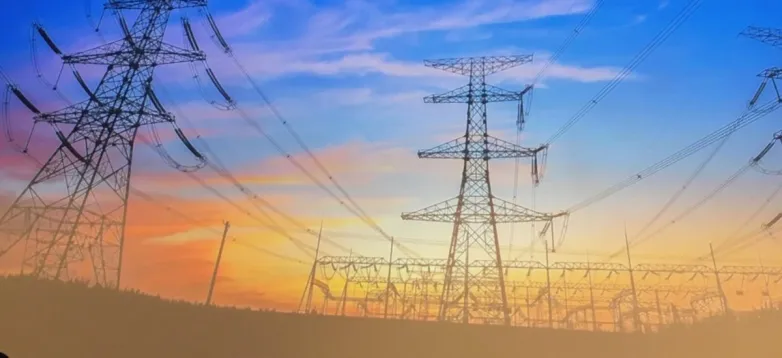Australia’s AEMC calls for energy pricing and transmission overhaul
Oct 16, 2019 10:54 AM ET
- The Australian Energy Market Commission (AEMC) has released a new paper outlining a blueprint to coordinate generation and transmission investments. The draft proposal seeks to overhaul wholesale pricing and transmission access to lower electricity costs and the ever-increasing risks inherent in getting new renewable energy generation capacity into the network.

The coordination of generation and transmission investment (COGATI) plan seeks to redesign the market to ensure that new energy generation and storage can connect to the grid.
AEMC Chairman John Pierce said the growth of dispersed renewable generation and batteries across Australia’s National Electricity Market (NEM) means comprehensive reforms are needed to integrate new resources effectively.
“At the same time we need to manage the transformation of the power system in ways that stop lower-cost generators being cut off congested networks – that can lead to unnecessary costs for consumers,” Pierce said.
The paper sets out two key areas of focus for the AEMC:
· Developing the specification of the proposed access model, which implements dynamic regional pricing and financial transmission rights
· Facilitating the development of renewable energy zones (REZs)
The AEMC designed the access model in response to stakeholder requests for a “working” model for reform.
“The proposals we are releasing today essentially do two things,” said Pierce. “They create better investment signals for generators to locate in more cost-effective places, and make it possible for them to use the transmission network efficiently.”
Pierce said such structural changes are “an essential element” if the Australian Energy Market Operator (AEMO) hopes to deliver its integrated system plan (ISP).
“The ISP identifies what investment is needed to enable this to happen,” said Pierce. “COGATI complements this by reducing risk attached to new investment for consumers, generators, transmission networks and financiers.”
These reports are timely for the AEMO, which concluded its consultation process in August. The overwhelming theme of all the submissions “was for AEMO to consider scenarios with stronger ambitions for emission abatement,” it said.
As the Investor Group on Climate Change (IGCC) pointed out in its own submission, all major NEM regions have committed themselves to achieve net zero emissions by 2050.
Pierce said the proposed new rules would be prepared by the end of the year. If the country’s state energy ministers agree to the proposed changes, the reforms could be implemented in coordination with the current ISP schedule.
Renewable Energy Zones
The facilitation of REZs is an attempt to regularize the concept of “renewable energy zones” in a framework, as the concept remains somewhat ambiguous. The proposal sets out a way for generators to make financial investments in a shared transmission network, which is a requisite for a definable REZ.
The creation of definable REZs could introduce locational investment signals to the market, enabling generators and investors to better invest and build large-scale renewable power stations and storage in places with the best infrastructure.
Also read
- Huawei, Sungrow Extend Decade-long Lead in Global Inverter Race Again
- Niteroi Starts Work on 2,700-Panel Solar Park, Boosting Sustainability Drive
- Quadoro, EB-SIM Acquire German Solar Parks for QEEE Fund
- RWE extends Markus Krebber’s CEO mandate to 2031
- Poland's Solar Capacity Grows, Faces Grid Challenges
